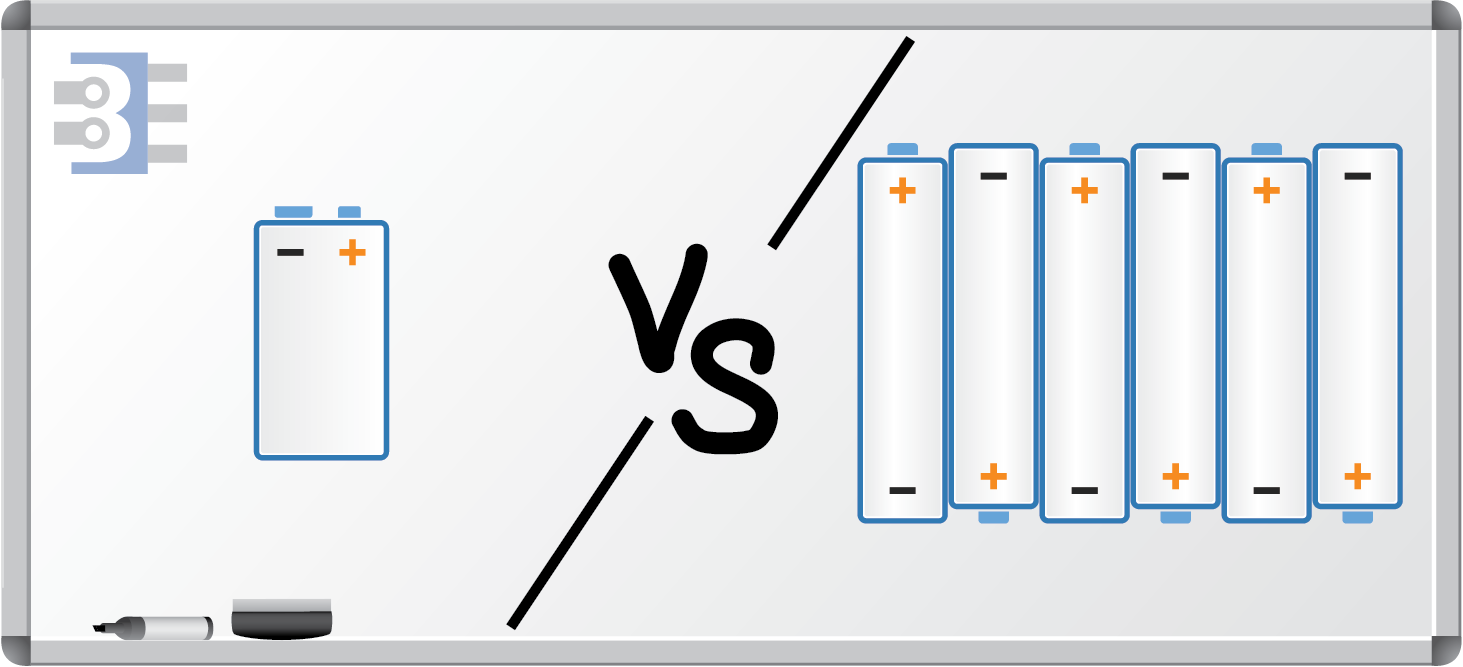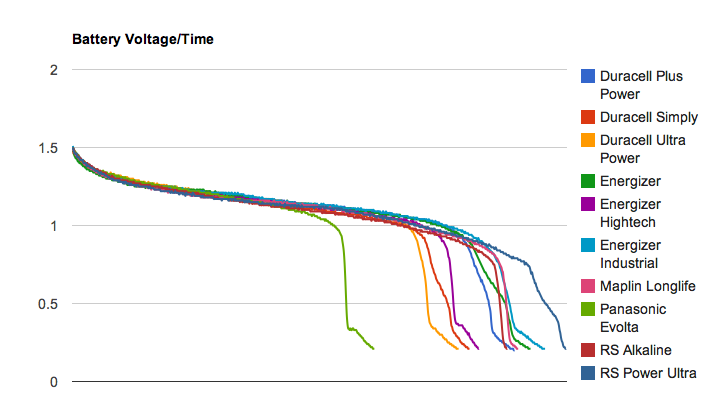When running on a battery, it is important to know what parts of your circuit draw the most current. Profiling is a process where you look at sections of code or interactions with hardware to see how much power each requires. In this video, James shows four tools (and their tradeoffs) when profiling IoT or Edge Machine Learning devices. See if it makes more sense for you to use a Digital Multimeter (DMM), Power Supply with history graphs, an oscilloscope
Everywhere I look, I see a new device with a microcontroller, some sensors, a battery, and 2.4 GHz radio. All of these things connect to the Internet. It is like the internet is becoming full of these things. (There should be a catchy name for that.)
As a hardware designer, there is always a concern about how much power these devices consume. Modern microcontrollers (and sensors) are very dynamic devices. In other words, they go from sipping nanoamps to hundreds of milliamps in a few microseconds (or faster.) So, slower devices like a DMM may not be fastest enough to measure a device’s current consumption for an accurate view of its full behavior.
In this element14 Presents video, I compare Handheld DMM, Bench DMM, Power Supply (with graphing), Oscilloscope with Current probe, and Source Measurement Units (SMU) for measuring an IoT device’s current consumption. My favorite tool for this activity is the Nordic Power Profilier Kit 2. It is a USB-based SMU designed for measuring the power consumption of IoT devices. The best part is they only cost around $100!




